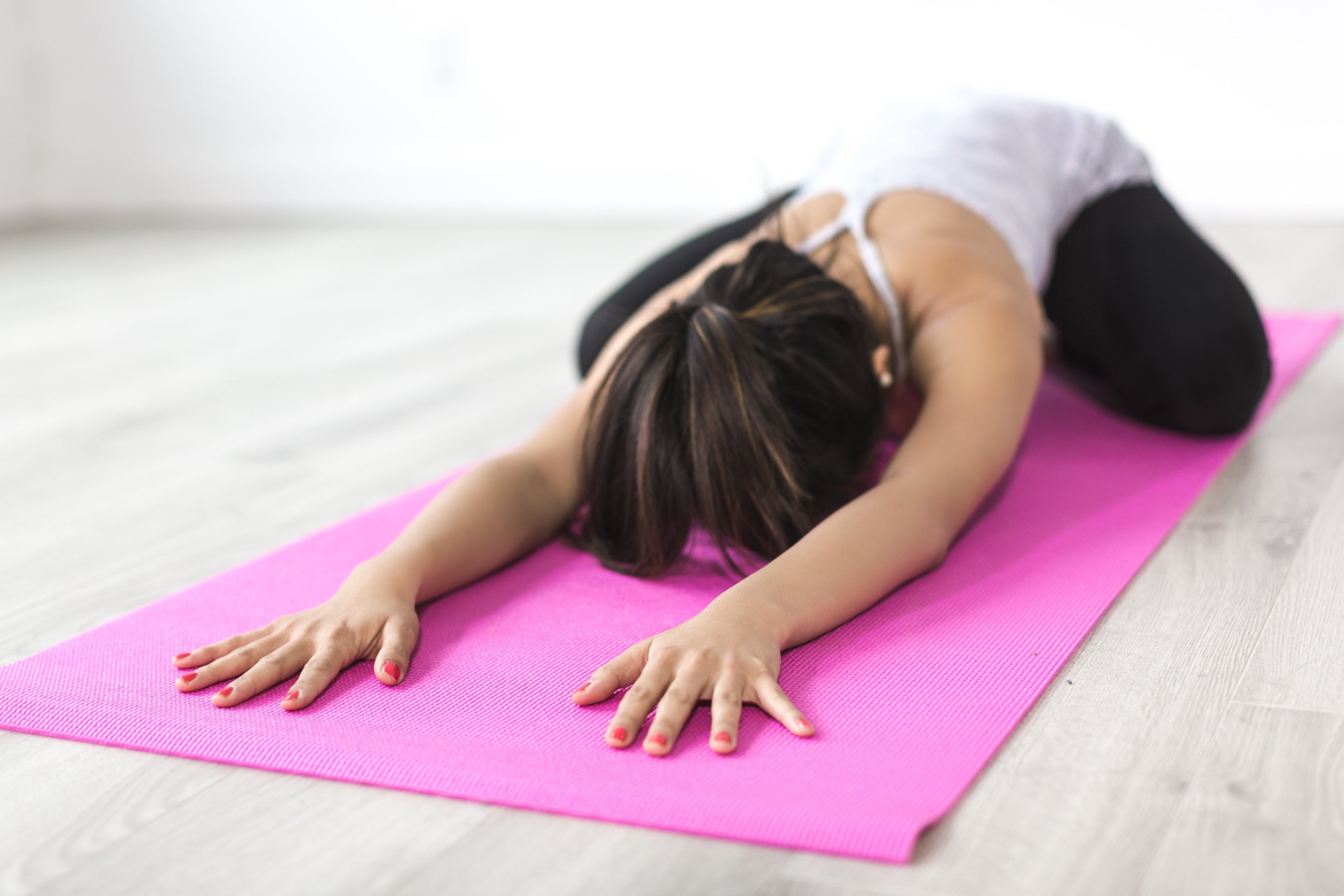Headed out for a run? Not so fast.
If you’re a novice runner who’s just starting out or an experienced jogger who’s been away from the tracks for a while, you might be tempted to lace on your running shoes and hit the road until you’re worn out.
Before you do, you should know that skipping pre-run stretches is the perfect recipe for a workout injury that will likely keep you off the trail for a while. A full body stretching routine minimizes this risk while helping you increase your performance.
This guide outlines a quick and easy stretching routine that you can integrate into your pre-run warm-up regimen. Read on.
1. Work the Inner Thighs
It’s a cardinal sin to run before you stretch your inner thighs. If you miss out on this important part of your routine, you run the risk of developing knee and back pain when they’re tight.
To stretch your inner thighs, stand with your feet apart. Keep the distance between your feet at least twice that of the width of your hips.
Next, with your hands on your waist and keeping your back straight, lunge to the right side by bending your right knee. You’ll begin to feel the stretch on the inner thigh of your straight leg.
Hold this position for 30 seconds and gradually resume the upright position before changing over to the left side. As the tension in your inner thighs starts to ease off, try extending your stretch while holding the position for longer.
It’s important to avoid bouncing your stretches. Instead, ease into them in a continuous motion and hold until you feel like you can’t extend your stretch.
2. Calves Are King
The most important yet frequently overlooked muscles when it comes to pre-run stretches for runners are the calves. The calves comprise two muscles: The Gastrocnemius and the Soleus.
Their basic function is to lift the heels of your feet up and shift your body weight onto your toes. That’s the motion required to push you off the ground and propel you forward.
Calves are also responsible for blood circulation. They pump blood and fluids out of the lower legs against gravity and up to the heart.
Therefore, having flexible calves is a key ingredient for an optimal running session. Here’s how to perform these leg-stretches.
Stand with your legs spread apart. Place the balls of your feet on a small weight with both the heels of your feet planted firmly on the floor. Your toes should be pointing forward.
Next, take a step forward with your right leg while the heel of your left leg remains on the floor. Hold the position for 30 seconds and move your leg back to its original position.
Repeat the move a second this time with your toes pointing inwards and hold for 30 seconds. Repeat the move for a third time with your toes pointing forward again.
Now change over to your left leg and repeat all three motions in succession. To increase the stretch in your calf muscles push your hips forward when your step outwards. For extra stretching strategies, you can learn more here.
3. Loosen up Your Hamstrings
Your hamstrings are essentially your back thighs. Running with tight hamstrings is not only uncomfortable, but it’s also painful. This is often the first instinct for most runners to stretch before a run.
It is often quite a difficult injury to overcome more so if it results in tendonitis or muscle tearing. Here’s how you keep your hamstrings supple to keep ankle, knee, hip and back injuries at bay.
First, lie on your back with both legs flat on the ground. Next, extend your right leg up to the ceiling and grab hold of it with both hands while your other leg remains on the floor.
Pull your leg towards your chest while keeping it stretched out. Hold the position for 30 seconds before lowering it back to the floor.
Change over to the left leg and repeat the routine. As the tension in each leg eases off extend your stretches further towards your chest and hold for longer periods.
4. Stretch Your Quads
Your quadriceps or quads for shorts are your front thighs. Failure to stretch them out before you hit the tracks not only causes major discomfort when your kneecap pushes down on the thigh bone, but you run the risk of pulling your kneecap out of proper alignment.
This could cause long term knee injury. Here’s how to stretch your quads before your run.
Lie on your right side and grab hold of your left ankle. Pull the heel of your foot towards your bottom and hold the position for 30 seconds.
Extend your leg back to its original position. Repeat the motion 4 more times before changing over to your right ankle while lying on your left side. To reap the maximum benefits, pull your knee further back with each stretch.
5. Stretching Routine for Stomach and Back Muscles
Worried about your posture while you run? Then you should definitely make the cobra stretch a part of your pre-run regimen.
It’s one of the best stretches you can use to work on the Rectus Abdominis muscles and the Erector Spinae. These are the scientific terms for the stomach and back muscles respectively.
Here’s how to do it. Start by lying flat on your stomach with your legs spread slightly. Next, place your hands palm-down next to your shoulders.
Push your upper body off the floor as you straighten your arms. When your arms are fully extended you should feel your hips lifting up off the floor.
Hold the position for 30 seconds for a full body stretch before going back to your original position. Repeat the motion five more times.
The Bottom Line
To get the most out of your run and stay injury-free, you can’t afford to skip your pre-run stretches. The stretching routine outlined in this guide is simple and quick to do and will help loosen up the muscles you’ll use while on the road.
Preparing your body for the run is just as important as the run itself. It’s the only way your muscles and joints can enjoy their full range of motions.
Check out our blog for more health-related posts.











